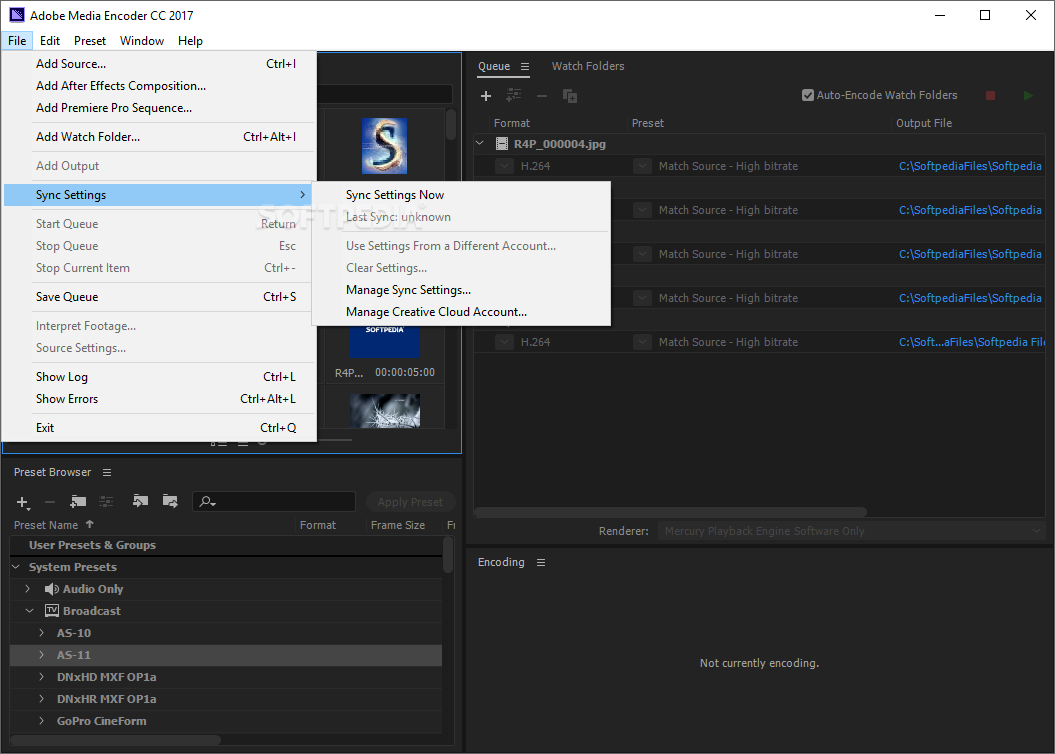

In most circumstances, this isn’t an issue.

Just like DaVinci Resolve, as soon as you hit render, you need to leave the software alone while it exports your video. And, this is typical of most editing or compositing software. It automatically locks itself from further use. Once you hit Export, the edit will begin rendering.Īt this point, you won’t be able to return to your edit or do anything else within Premiere because Premiere Pro itself is under intense CPU and GPU processing. Upon hitting Export, the edit will begin rendering. We can either select the output information or choose from a variety of presets. Here, an export panel will pop up, allowing us to select what format we want to render the video in. With our edit complete, we’d simply navigate to File>Export>Media. To explore this, we first need to run through the process of exporting a video through Premiere. So, if we’re already opening Media Encoder to a degree, is there a need to open the standalone application? If you’re using the likes of Premiere, we must first acknowledge that when you open the Export panel it’s actually a Media Encoder panel, but opened within Premiere. However, given that the application somewhat mirrors the pop-up render box from the native software you’re using, is there an inherent difference to just simply rendering in the creative application? Let’s take a look. In doing so, a separate application will open, and from here, you can then also export your final project. However, in most of their standalone software, you also have the option to send the completed project to the Adobe Media Encoder. When working with Adobe’s software that’s used to edit or create video and audio, whether that’s After Effects, Premiere Pro, Audition, and so on, there’s a dedicated panel to export and render your project.
#Adobe media encoder cc tutorial how to#
Discover the purpose behind Adobe Media Encoder and how to use it to edit and/or create audio and video for your next project.


 0 kommentar(er)
0 kommentar(er)
